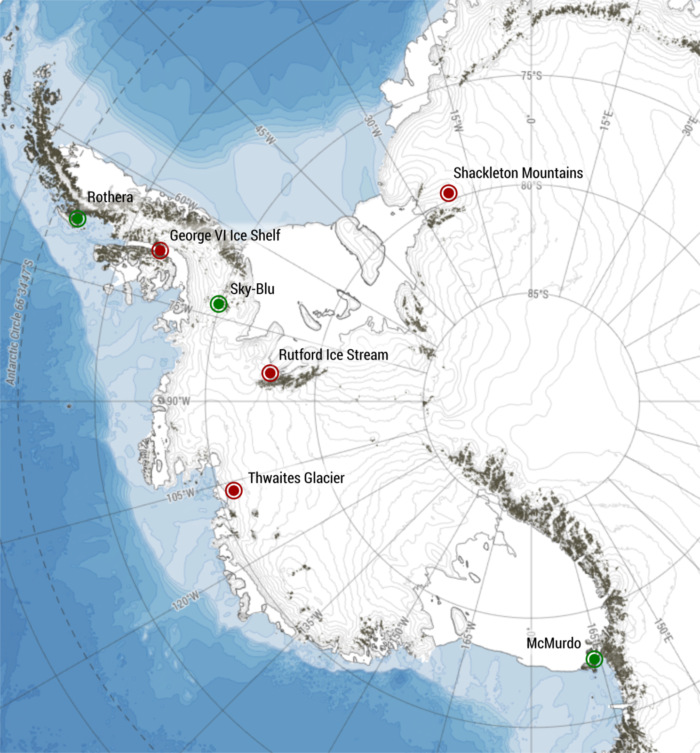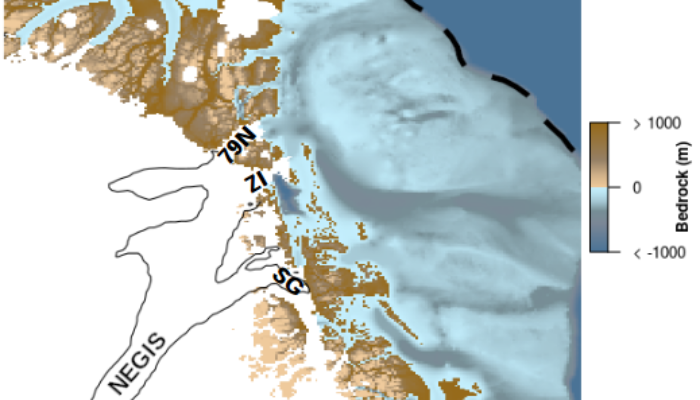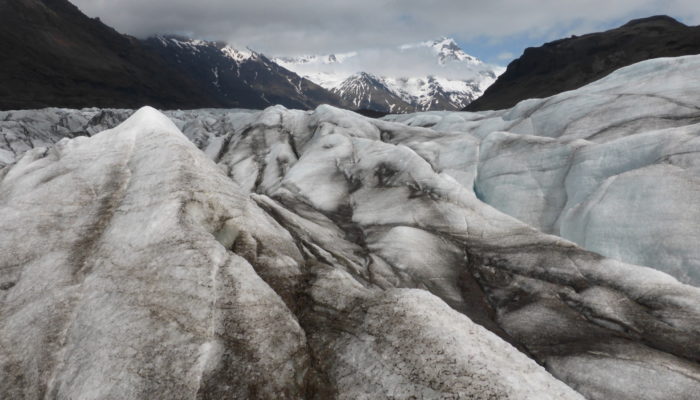The Karthaus summer school on Glaciers and Ice Sheets in the Climate System has a long history of training many generations of PhD students, thus forming professional networks that have lasted throughout their careers. The Karthaus summer school has been described in detail in a previous Cryoblog post. Here we want to focus on the story of a glacier… Hochjochferner, a retreating glacier One ...[Read More]
Education in glaciology: Witnessing the death of a glacier






